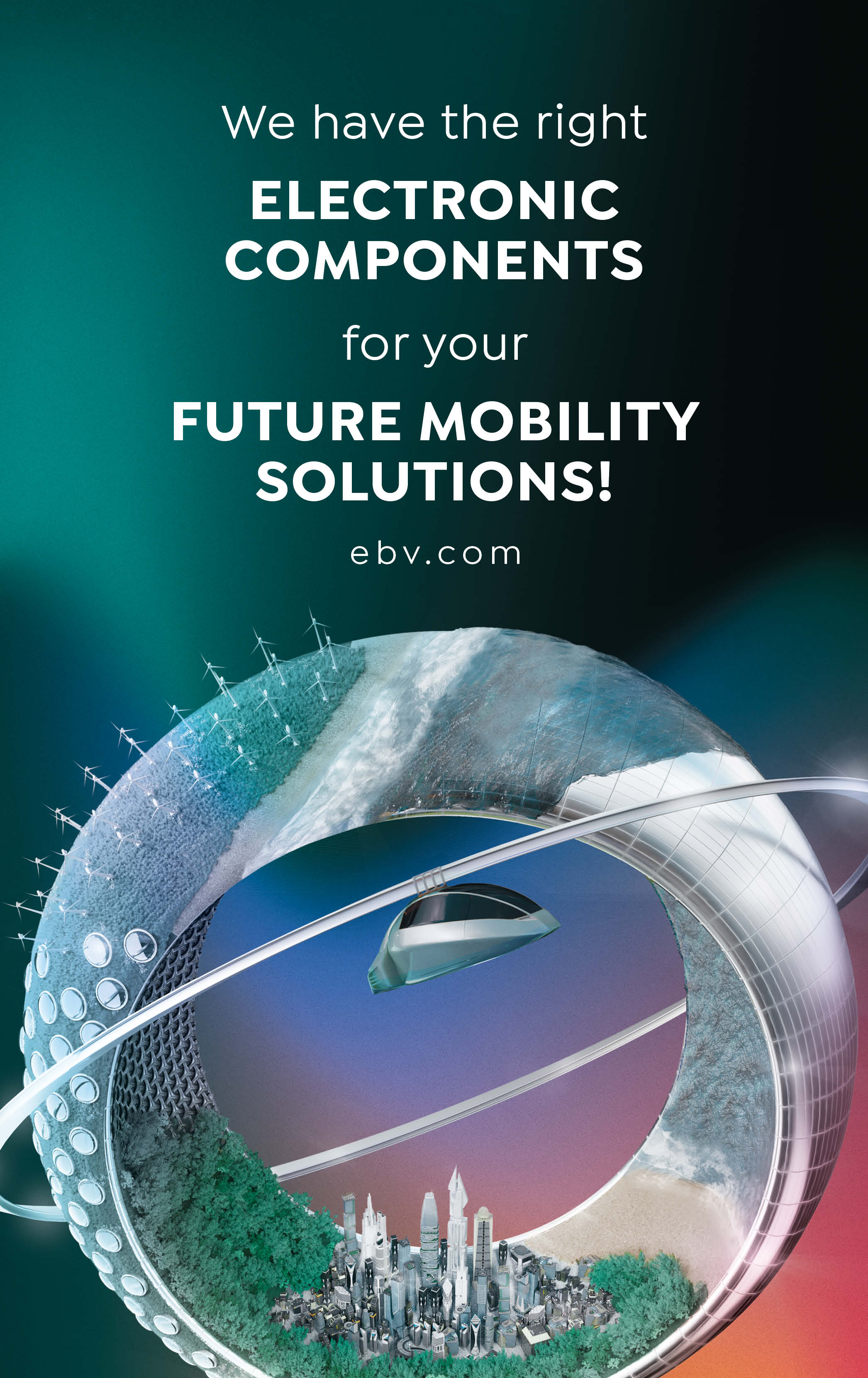The world of mobility is in the midst of a radical transformation, the likes of which has arguably not been seen since the advent of the car. Entirely new mobility solutions are coming onto the market, and this can be seen not only on the streets but also the rail network, the water and in the air. One such example is air taxis, which are on the cusp of becoming a reality in everyday life. Until recently, cars have generally been seen as a status symbol. But nowadays they are considered to be more of a burden, as they take up space, cost a lot and harm the environment. The sharing economy, made up of various different concepts and apps, is gaining huge traction and outstripping personal car ownership. It is not just cars that will be networked, autonomous and electric in the future, but aircraft, ships and railways too.
The majority of recent innovations in the mobility sector would not have been possible without the semiconductor. Its fields of application range from sensors and environment detection to power electronics for electric motors and artificial intelligence for traffic management. According to the analysts at Market Research Future, the semiconductor market in the automotive industry alone is set to grow by 8.8 percent annually from 2022, to more than 85 billion US dollars in 2030.
Electromobility is an important driver here. According to Yole Développement, the market for power semiconductors will triple to around 5.6 billion US dollars between 2020 and 2026. The figures are even more impressive when it comes to chips for autonomous vehicles. According to Precedence Research, by 2030 they will have reached a market volume of 29 billion US dollars, which corresponds to an average annual growth of more than 38 percent in the period 2022 to 2030.
At the same time, the demands of urban populations on vehicle use are increasing, which calls for a smart form of mobility. As well as innovative modes of transportation, this includes vehicle sharing, affordable local public transport, Mobility as a Service, and improved traffic and mobility management.
Precedence Research predicts that the market volume in 2022 will already be almost 58 billion US dollars – and by 2030 this is expected to grow to 250 billion US dollars. Aspects such as the 5G mobile communications network, cloud technologies, wearables and data processing capacities at data centres and the edge also belong to the future of mobility solutions.
Innovative semiconductor-based technologies will do more than make vehicles smarter – they will fundamentally change the way we see and use transportation. That holds great prospects for both the semiconductor industry and manufacturers who develop mobility solutions.
As a passionate semiconductor distributor, EBV Elektronik would be more than happy to help you make the most of these opportunities: http://www.ebv.com/automotive



